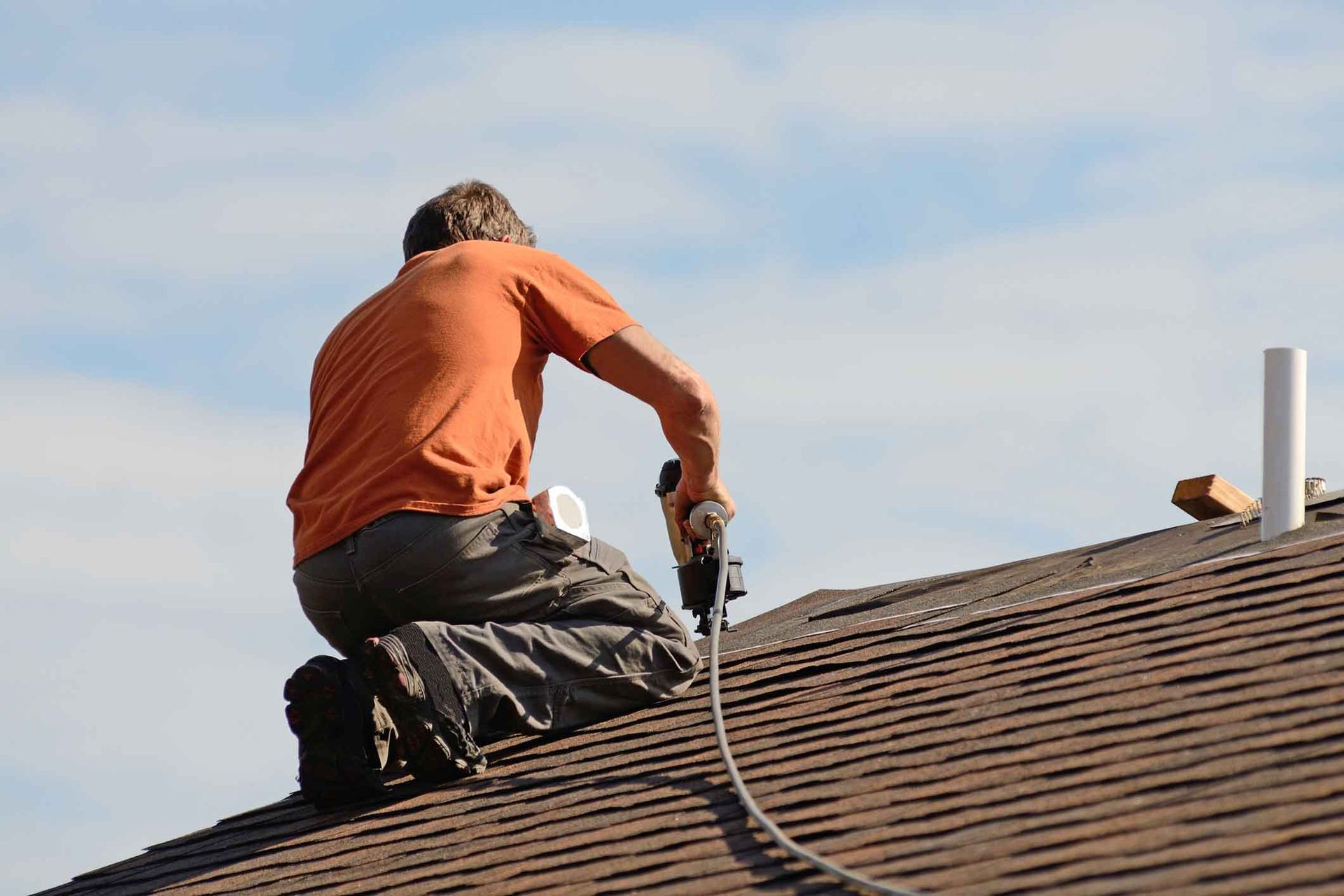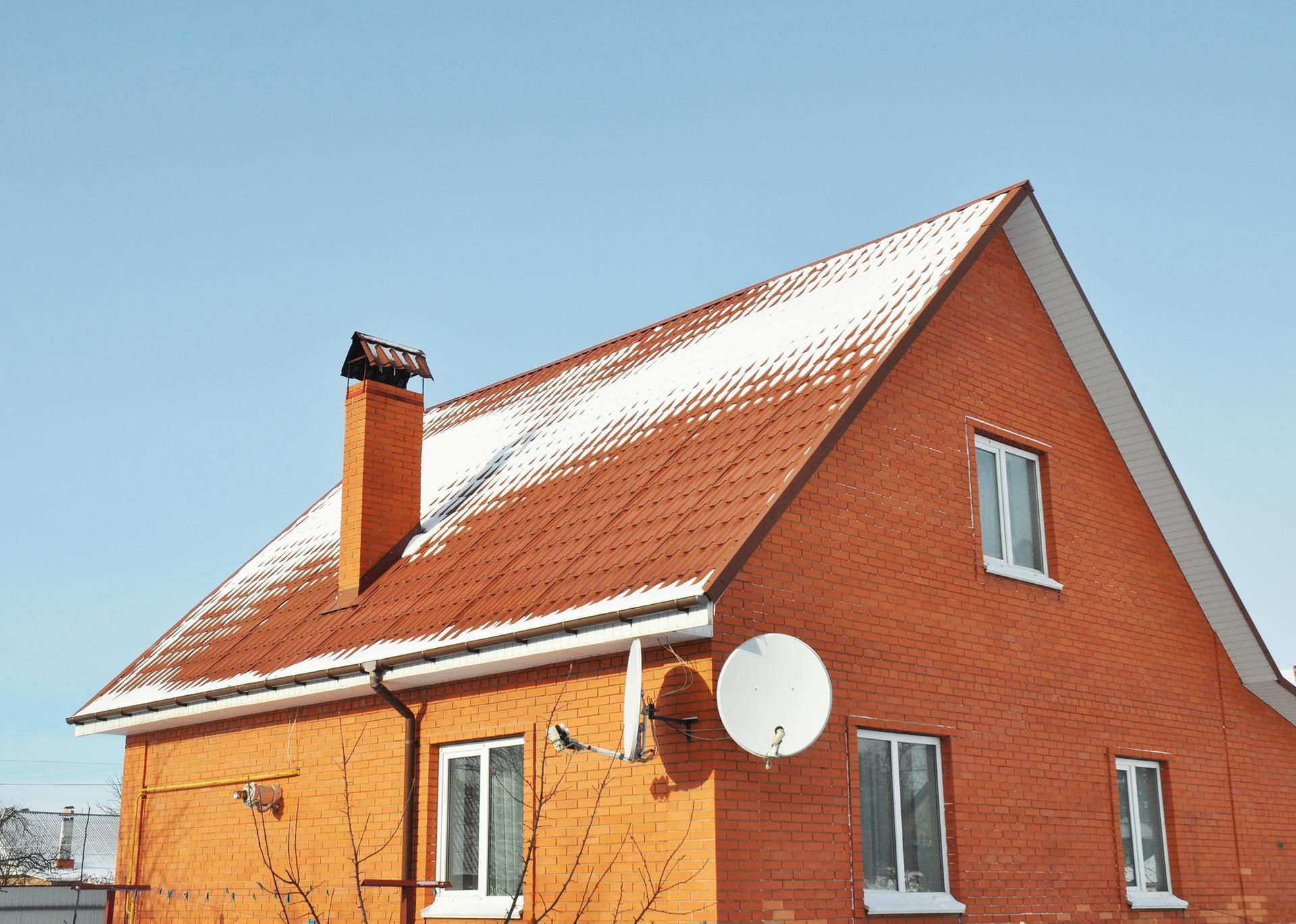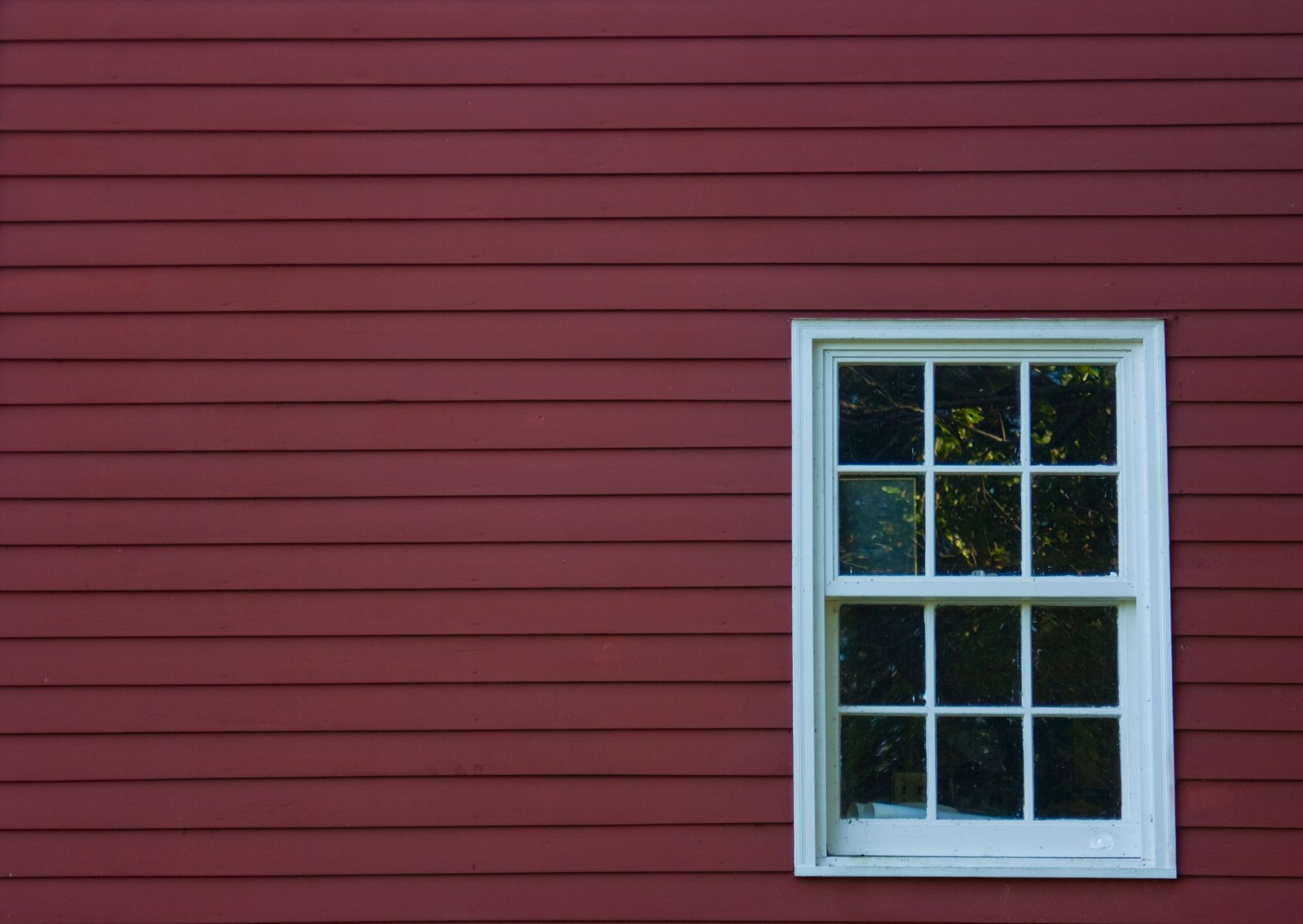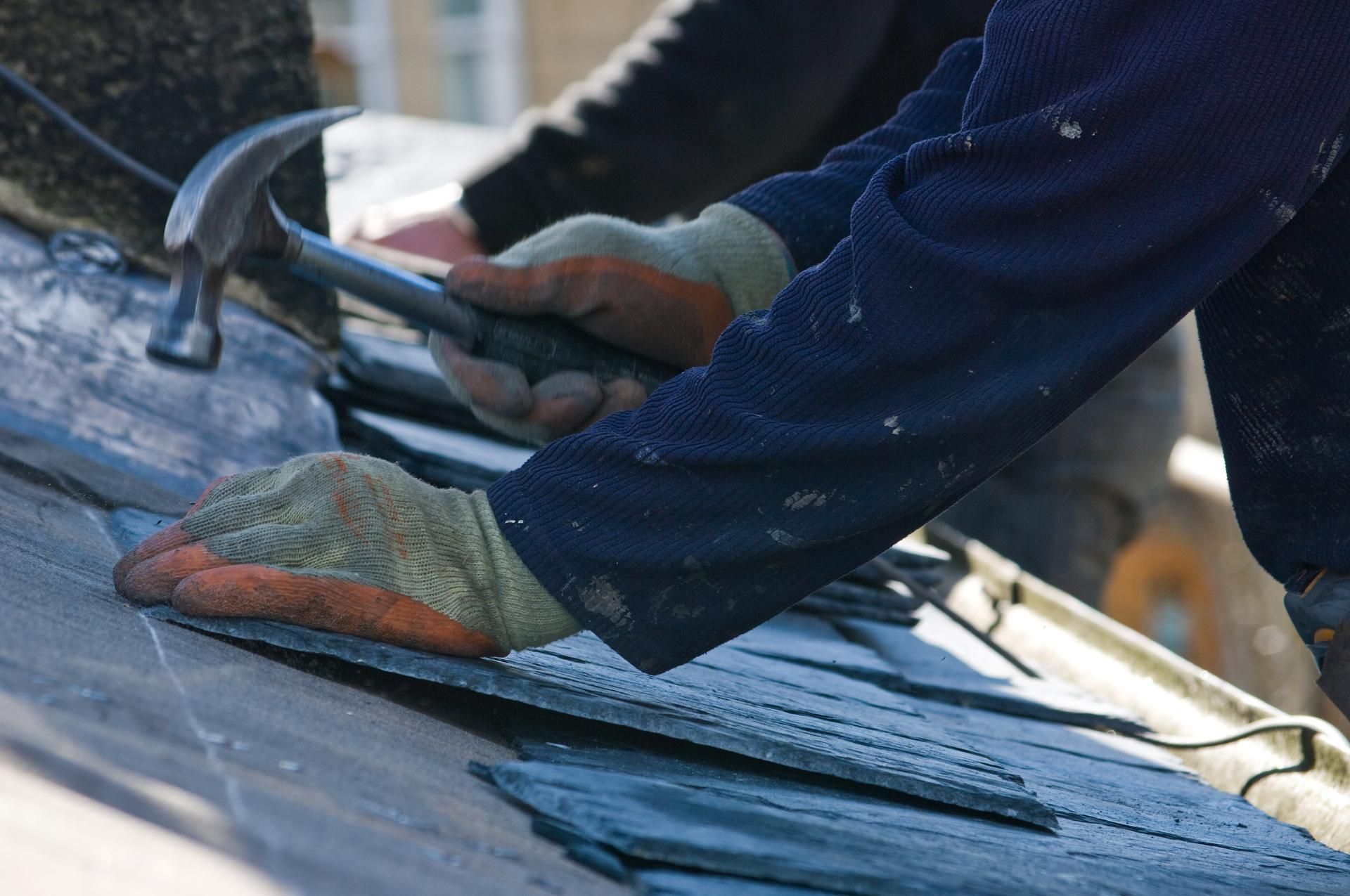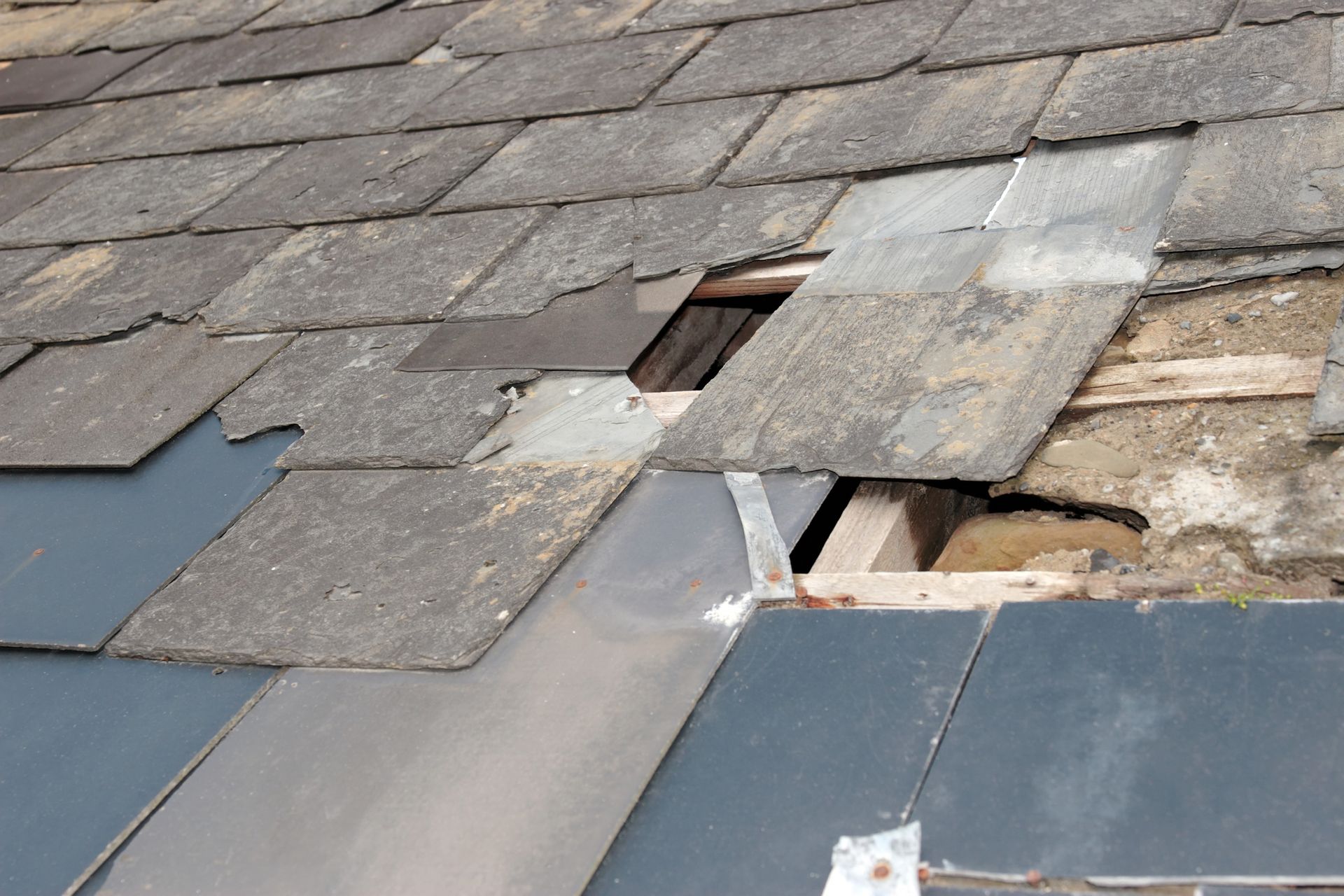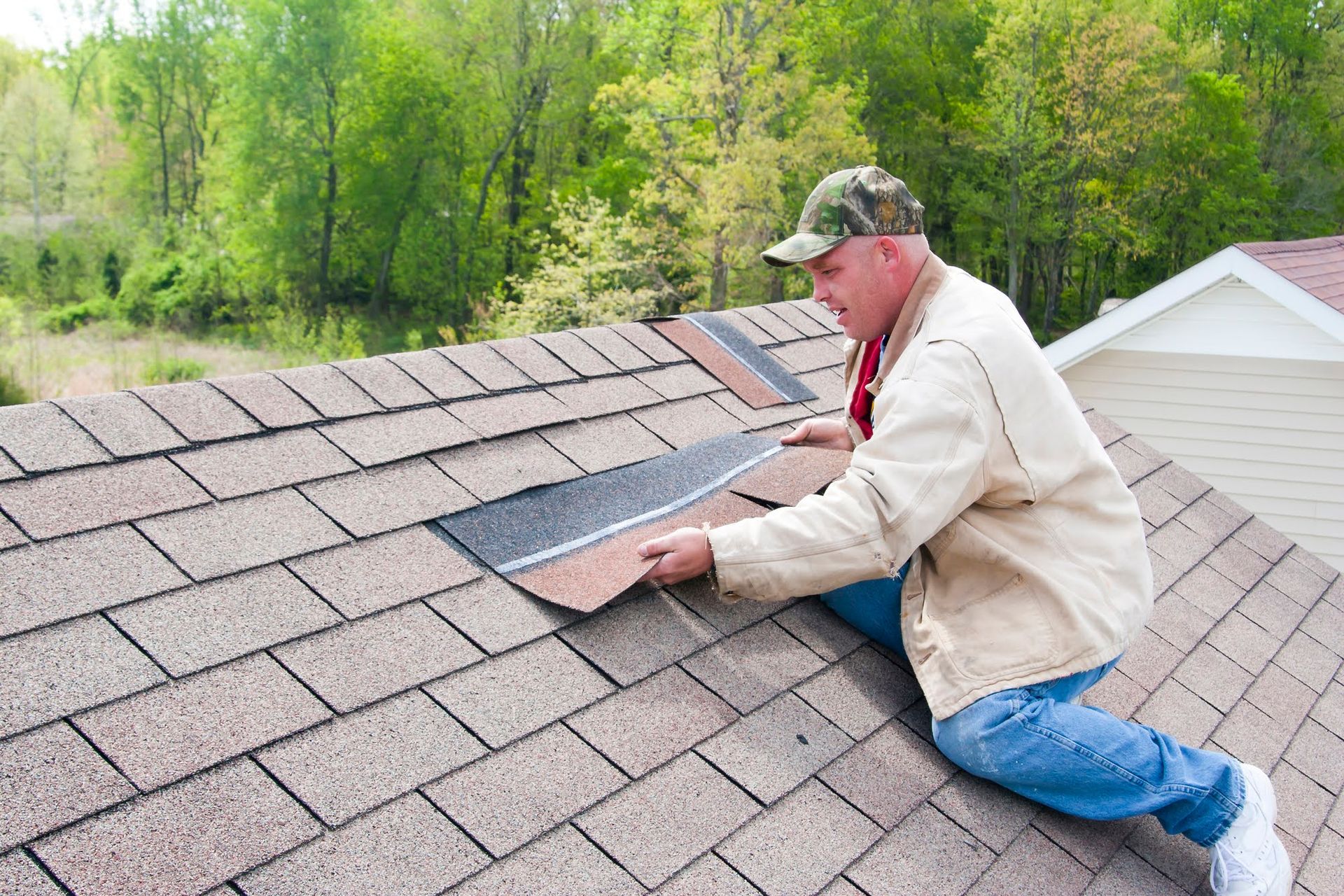Winter Special! $500 Off Full Roofing Or $250 Off Repairs. Free Estimates!
Does Your Home Need Siding Replacement?
When it comes to maintaining your home, siding plays a crucial role in both aesthetics and protection. Over time, siding can wear down, compromising its effectiveness and appearance. Recognizing the signs that your home needs siding replacement is essential to keeping it in good condition. This post will guide you through the indicators that suggest it's time to consider this important home improvement project.
Signs of Damage
One of the most obvious signs that you need siding replacement is visible damage. Cracks, warping, and rotting are clear indicators that your siding is no longer protecting your home effectively. Damaged siding can allow moisture to seep in, leading to further issues such as mold growth and structural damage. Addressing these problems early can save you from more extensive and expensive repairs later.
High Energy Bills
If you've noticed a spike in your energy bills, your siding might be to blame. Poor insulation due to aging or damaged siding can cause your heating and cooling systems to work overtime, leading to increased energy consumption. Replacing your siding can improve your home's insulation, making it more energy-efficient and reducing your utility costs.
Frequent Maintenance
Are you spending too much time and money on siding maintenance? Peeling paint, frequent caulking, and regular repairs are all signs that your siding is reaching the end of its lifespan. High-maintenance siding not only consumes your time but also indicates that it is no longer performing as it should. Investing in new, low-maintenance siding can provide long-term savings and peace of mind.
Interior Wall Damage
Interior problems can also signal that your siding needs replacement. If you notice peeling paint, wallpaper coming off, or water stains on your walls, it might be due to moisture penetrating through damaged siding. These issues can compromise the structural integrity of your home and lead to costly repairs. Replacing your siding can prevent further interior damage and maintain the overall health of your home.
Fading and Discoloration
While fading and discoloration might seem like purely cosmetic issues, they could indicate deeper problems with your siding. Faded siding is often a sign that the material has lost its weatherproofing properties and is no longer protecting your home effectively. Replacing faded siding improves your home's curb appeal and ensures better protection against the elements.
Mold and Mildew Growth
Mold and mildew are not only unsightly but also hazardous to your health. If you notice mold or mildew growing on your siding, it could be a sign of water penetration. This growth typically occurs in areas where moisture accumulates, suggesting that your siding is no longer providing a proper barrier. Replacing your siding can help eliminate these health hazards and prevent future growth.
Selling Your Home
If you are planning to sell your home, new siding can significantly boost its market value. Prospective buyers are often attracted to homes that require minimal immediate maintenance. Fresh, high-quality siding enhances your home's curb appeal and can make a positive impression on potential buyers, making it easier to sell your home quickly and at a higher price.
Professional Installation
When it comes to siding replacement, hiring a professional is essential. They have the expertise and equipment to ensure that your new siding is installed correctly and efficiently. Additionally, they can help you choose the right siding material for your home's specific needs and budget.
Siding replacement is a critical aspect of home maintenance that offers numerous benefits, including improved energy efficiency, enhanced curb appeal, and better protection against the elements. By recognizing the signs that your siding needs replacement, you can ensure your home remains in top condition.
For more info, contact us at Ohio Roofing Siding & Slate LLC.
Business hours:
- Mon - Fri
- -
- Sat - Sun
- Closed








Financing Available

